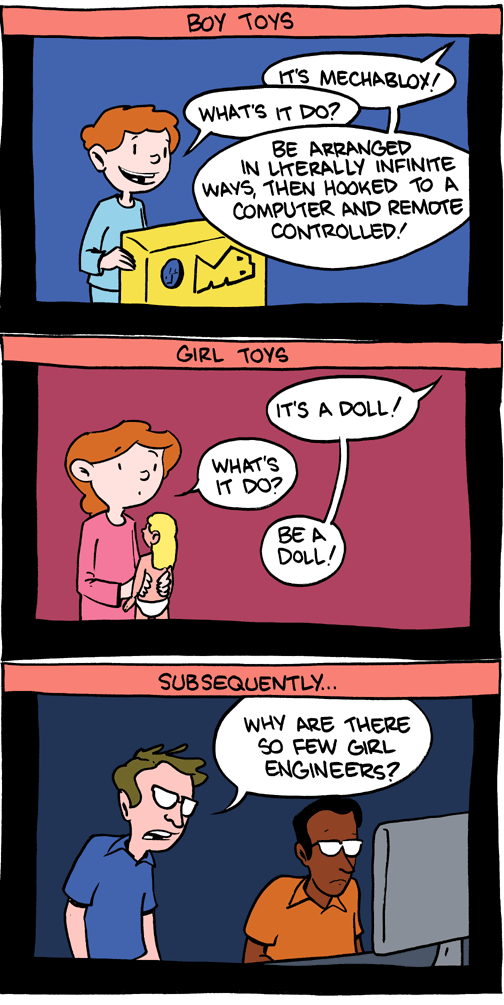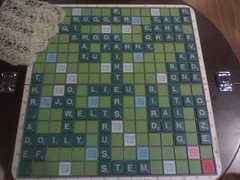The Phonofone III is an elegantly designed passive amplifier crafted from ceramic and designed explicitly for iPhone. This clever device amplifies the volume emited from an iPhone internal speaker roughly 4x (approx. 60 decibels).
Wait. What? I get a 60 dB gain out of a device with no power? Let's see if that passes the sanity check. I don't have an iphone, but I have heard the iphone playing audio from its internal speaker. Unamplified, at a moderate level, I would say the sound level observed from an ipod (at an average distance) is about the same as the sound level of a typical conversation. Let's look at what the approximate sound level would be:
(I found this chart on OSHA's website. I assume the image is public domain, like most government images.) From the chart you can see that conversation at 1 m is approximately 60 dB(A). (The "A" means A-weighted, which is a weighting factor used to approximate the frequency response of the human ear.) Let's be conservative and estimate the iphone unamplified level to be about 55 dB. That means that if I drop the iphone into the passive device the sound level should be 55 dB + 60 dB = 115 dB. That's louder than the "Discotheque" rating in the chart (when/where was this chart generated?) which is also about 20 dB louder than a jackhammer at 15 meters. Somehow I really doubt that the single horn + iphone is going to be able to compete with the speakers and amplifier of a dance club.
What about the other claim? They say the sound will be about 4x louder. Here's where the claim might hold some water. The basic idea of a horn is to provide better impedance matching between the driver and the sound field and to control directivity of the sound radiation. Assuming the horn is pointing at an observer, the sound level at the observers ears should be higher with the horn than without the horn.
What if their claim that using the horn causes a perceived 4x increase in loudness is true? (Loudness is a perceptual quantity, where sound level - either sound pressure level or sound intensity level - is a measured quantity.) Then, the only mistake that they made is equating a 4x increase in loudness with a 60 dB gain in sound level. Here's a graph from a lab we do in my "Sound and Acoustics" class:



























